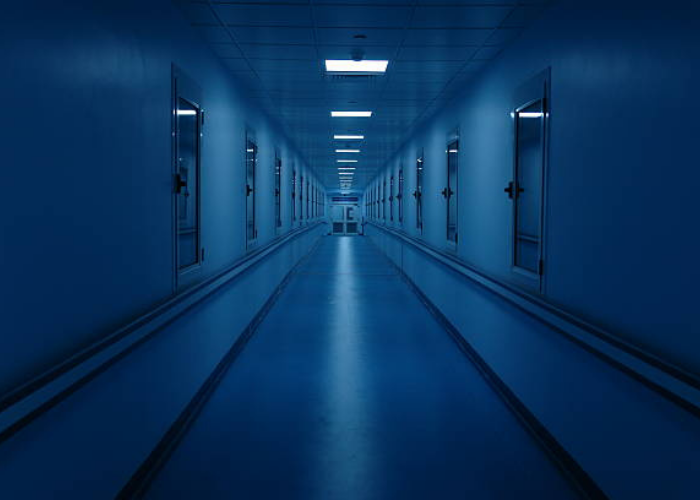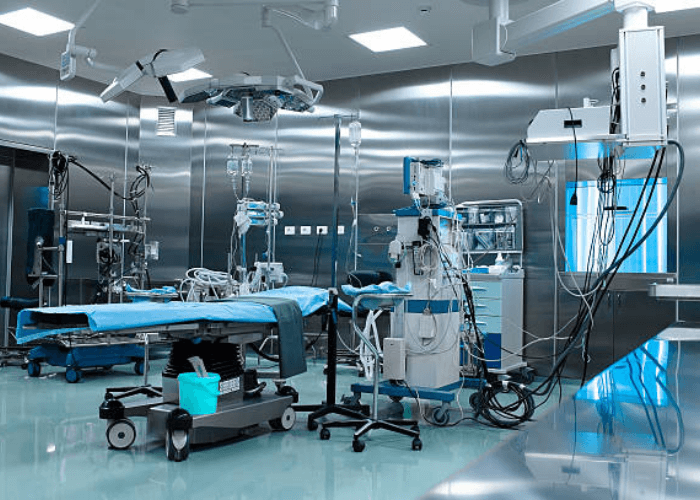

Hospitals, one of the most important places in our lives, are being reorganized with modern designs. Lighting systems are part of these designs. The lighting of hospitals should be chosen to facilitate the work of healthcare professionals and ensure the comfort of patients. Considering the aesthetic texture, the color tone in hospital lighting should be designed to offer a calming and relaxing effect. In 24-hour hospitals, sustainable energy efficiency is ensured with the quality of Licalux lighting solutions.
Request a Quote
Smart lighting systems provide a centralized control system. With smart network technology, sensors in luminaires work in an integrated manner, thus preventing unnecessary energy consumption. User-friendly digital lighting systems save up to 35% in energy costs.
Hospital lighting is specially colored to reduce the stress level of patients. Customized colors provide a sense of peace and relaxation. Balanced and homogeneously distributed lighting is offered with Licalux quality.


When choosing from hospital lighting models, the luminaire best suited to your project should be selected by considering factors such as functional requirements, energy efficiency, durability, and cost-effectiveness. The points to consider when selecting hospital lighting are as follows:
Hospitals are critical areas that provide uninterrupted service 24/7 and prioritize patient safety. Therefore, they must have a powerful and well-planned lighting system to function effectively even at night and in low-visibility conditions. In this context, appropriate lighting solutions should be chosen based on the size of the hospital, the function of the units, and the patient flow density. By paying attention to the points we have prepared for you, you can easily select the most suitable and efficient lighting systems for hospitals.






Meet Licalux Lighting Company and discover the most innovative ways of lighting your spaces! With our professional team, we are ready to provide a unique and high quality lighting experience for your spaces by offering you customized solutions in design, engineering, project management and automation stages!